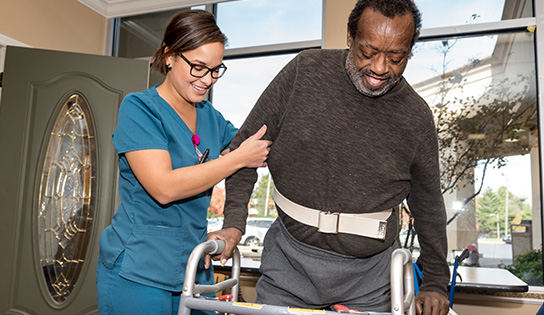Perfecting this Craft of Workplace Design to Optimize Comfort and Performance in Workspaces
Elevating a principle of ergonomics is critical for implementing workspaces that advance physical well-being and operational efficiency. Ergonomics is the study of engineering occupational settings, tools, and tasks to accommodate the requirements of team members. By focusing on how staff utilize their workspace, businesses can reduce discomfort and prevent repetitive stress disorders. An ergonomic workspace encourages efficient movement and reduces strain, which can lead to improved performance and satisfaction among employees.
One foundational aspect of ergonomics is the arrangement of furniture and tools. Workstations should be at a height that permits employees to work with their elbows at a 90-degree angle while typing. Seating options should provide adequate support for the lower back, encouraging neutral positioning. Additionally, monitors should be aligned at visual height to minimize upper-body stress. By confirming that these ergonomic components are properly calibrated, workers can maintain a comfortable position throughout their tasks, reducing fatigue and improving focus.

Another important factor in an ergonomic workspace is the use of appropriate tools and equipment. This includes typing hardware, navigation tools, and other components designed to limit repetitive strain injuries. For instance, Related Site using an ergonomic keyboard can help minimize wrist pain caused by long-term typing. Furthermore, modular seating systems and height-adjustable workstations enable employees to alternate their position throughout the day, which can alleviate discomfort and increase alertness. Investing in quality ergonomic furnishings can result in sustainable work habits and higher productivity rates.
Lighting is also a core pillar in workspace ergonomics. Effective lighting can reduce eye strain and support staff to engage with their work activities. Natural light is ideal, but if that is not available, using task-specific artificial lighting can assist in maintaining a comfortable atmosphere. It is necessary to avoid overhead fluorescent lights that may trigger headaches or fatigue. By ensuring sufficient lighting, prehabilitation for athletes organizations can establish an environment that advances both clarity and output.
Finally, advocating for periodic breaks is vital for maintaining an balanced workspace. Motivating employees to take brief breaks can aid alleviate physical tension and mental overload. During these breaks, users should be encouraged to move around or get up to stimulate circulation. Integrating routine break times can facilitate create a structure that values health without reducing output. Overall, embracing ergonomics in the office not only enhances physical health but also cultivates a more productive work culture where professionals can excel.